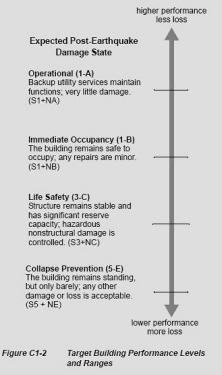Back To Investigations
What is a Seismic Vulnerability Assessment (SVA)?
A Seismic Vulnerability Assessment (SVA) is a comprehensive Engineering Study to evaluate susceptibility of structural systems to potential damage from seismic shaking based on the Performance Objectives established by the Client, and using methods, which generally follow guidelines presented in FEMA 356 Seismic Rehabilitation of Buildings. The extent of the investigation is based on the size and value of the Building.
Results: The Seismic Vulnerability Assessment will give you the information you need to decide whether it is cost effective to make a seismic retrofit or demolish and construct a new building.
How will the SVA be conducted?
Evaluation of the structure condition will be based on investigations at the site and will generally follow the Operations Plan for a SCA except that the Assessment will likely also entail the following based on Client's Scope and Budget:
- Comprehensive inspections
- Field locate reinforcement in masonry or reinforced concrete walls using subsurface exploration with G.P.R., Ground Penetrating Radar
- Testing of material samples, i.e. steel coupons
- Field Measurement, document search, and analysis to develop As-built drawings
- Computer model in SAP 2000
What kind of damage or existing conditions would indicate vulnerability to seismic shaking?
In buildings using tilt-up concrete or masonry Tall-walls which were constructed before circa 1973 there are known deficiencies in the structural connections that resulted in the collapse or severe damage to the structure.
These deficiencies were identified following the aftermath of the 1971 San Fernando, California, Earthquake. Thereafter, Building Code provisions were strengthened with respect to these connections.
The following pictures show examples of existing deficient connections and typical repairs we can design to strengthen those connections and improve the Performance Level of the structure to meet your renovation objectives (see diagram below).
Source: "Earthquakes, Volcanoes, & Tsunamis; An Anatomy of Hazards," by Karl V. Steinbrugge, published by Scandia America Group, 1982.
| Example #1: The absence of adequate continuity tie connection at Main Cross-Tie members in the roof diaphragm. | |||
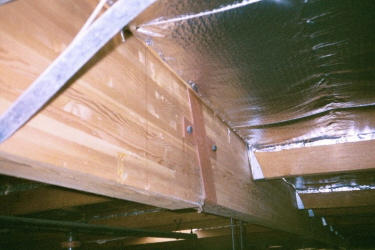 |
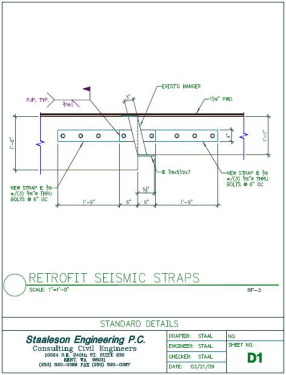 |
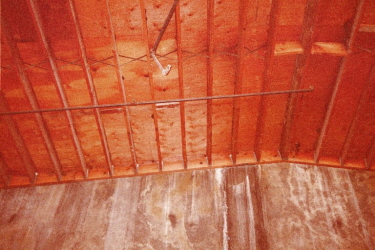 |
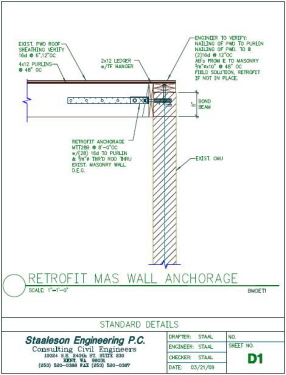 |
| Typical connection made in older buildings before 1973. | Typical Repairs connection required by the current Building Code. | Typical connection made in older building before 1973 used a bolted ledger without anchorage which can fail in cross-grain bending. | Typical Repair connection required by the current Building Code. |
Target Building Performance Levels & Ranges
